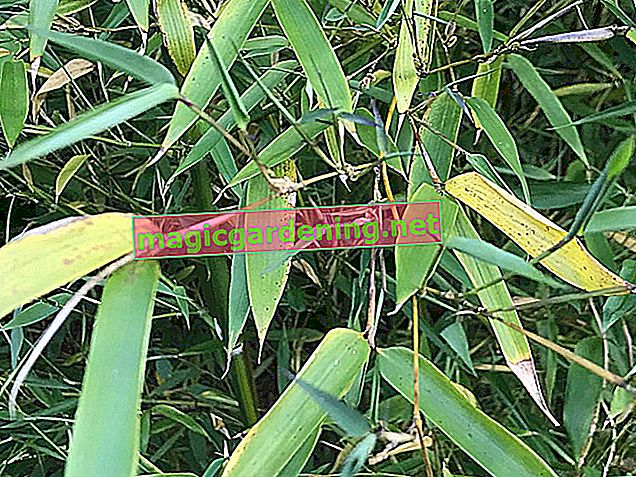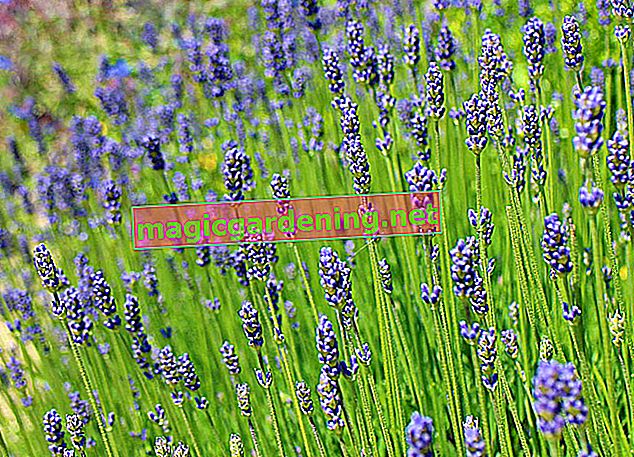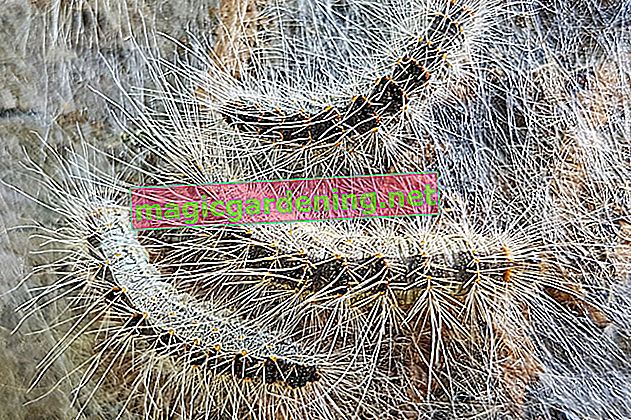
How many species of buttercups are there in the world?
The buttercup family (Ranunculaceae) comprises a large number of genera, which in turn come in many different varieties.
also read
- Characteristics of the buttercup family
- How many kinds of money trees are there worldwide?
- The flowering time of buttercup depends on the variety
The number of genera amounts to 60, which are divided into about 2,500 species. In addition to the meadow plant buttercup or buttercup, numerous flowers are represented that at first glance don't have much in common.
Well-known species of buttercups are:
- Buttercup
- Clematis (Clematis)
- Columbine
- Pasque flower
- Monkshood
- Anemone
- anemone
- delphinium
Occurrence of buttercups
Almost all buttercups are characterized by their robustness. That is why they occur worldwide. Only in the Antarctic is buttercup not represented. Most species are native to the northern hemisphere.
The following species of buttercup occur in Germany:
- Sharp buttercup
- Burning buttercup
- Bulbous buttercup
- Poison buttercup
- Creeping buttercup
- Marsh marigold
- Gold buttercup
- Field buttercup
Location requirements of buttercups
Most of the buttercups found in Central Europe need a slightly damp location. Some like buttercups even tolerate waterlogging for a short time.
Buttercups get along just as well in sunny locations as they do in partially shaded and shady locations.
All buttercups are poisonous for animals
All buttercups contain protoanemonin, which tastes very hot. All buttercups are poisonous to animals. Most contain so many toxins that humans can become poisoned by them.
The majority of the species contain poisonous sap that escapes when the flowers are broken off. Contact with bare skin can cause inflammatory reactions in sensitive people. The flowers should therefore not be picked with bare hands. This is especially true for children.
The poison breaks down when the plant is dried. Therefore, it is not a problem if the hay for animals contains cock's clover.
Tips
Most representatives of the buttercup family are herbaceous plants that differ in the color and shape of the flowers and leaves. The clematis is an exception as a climbing plant.








